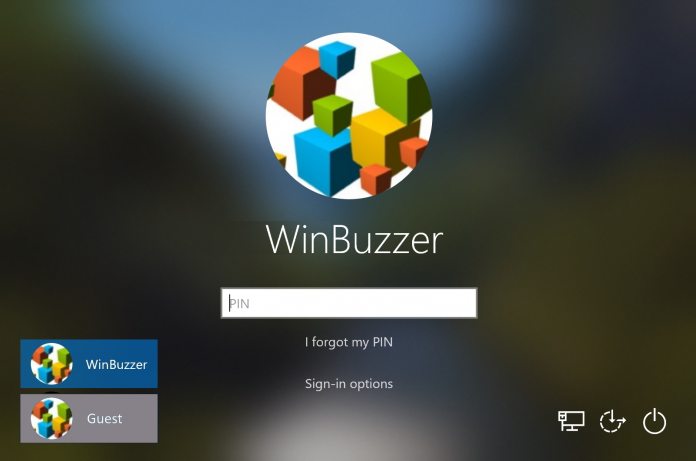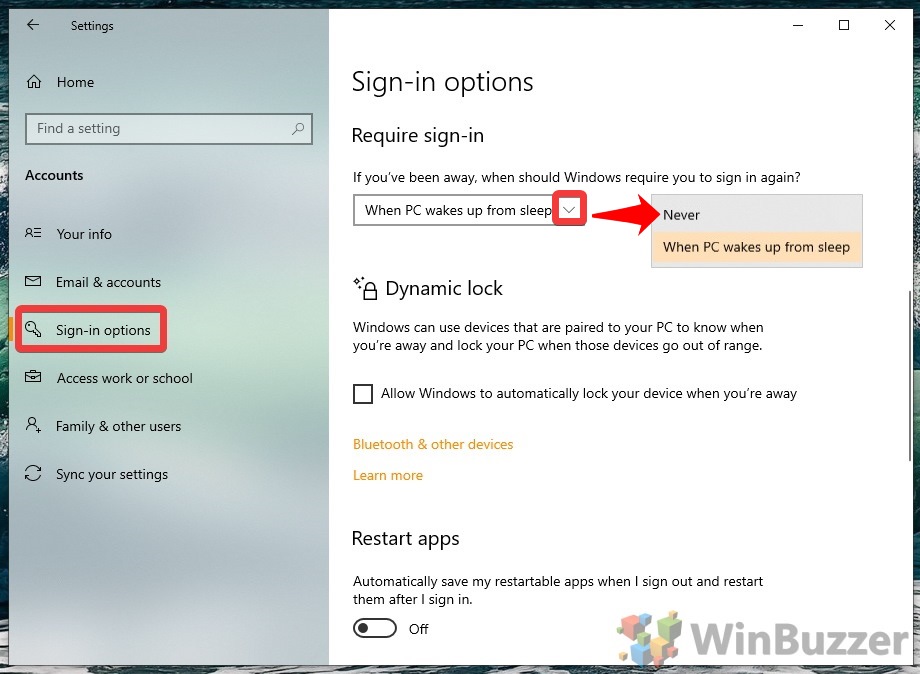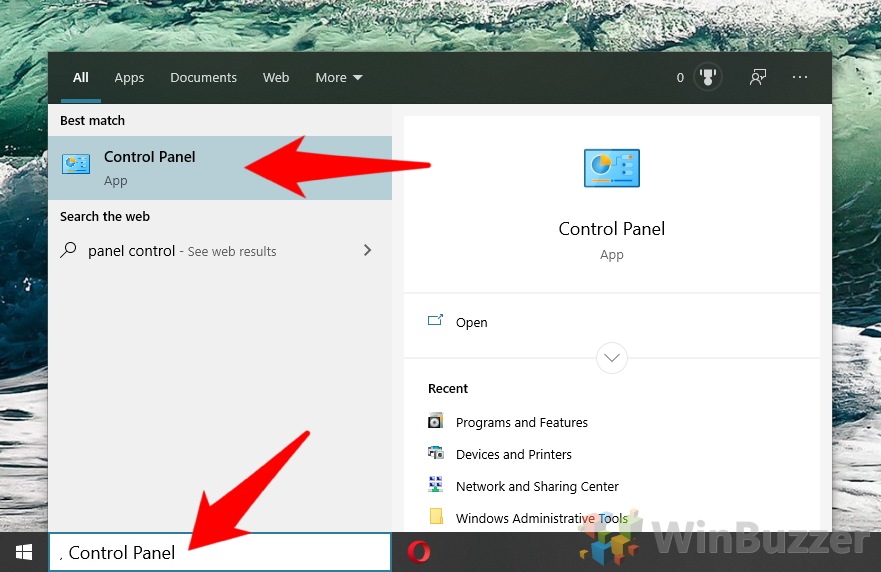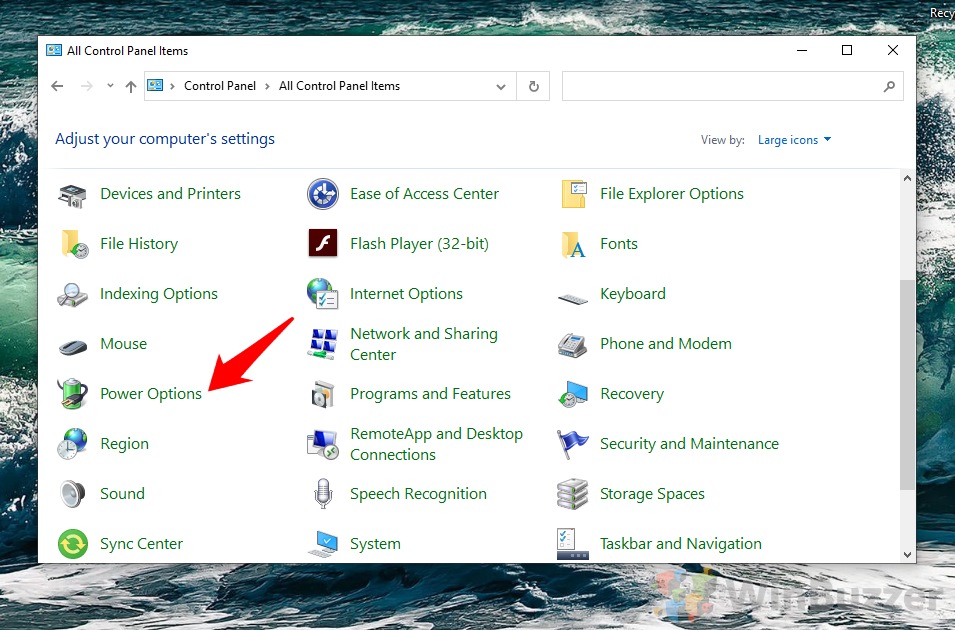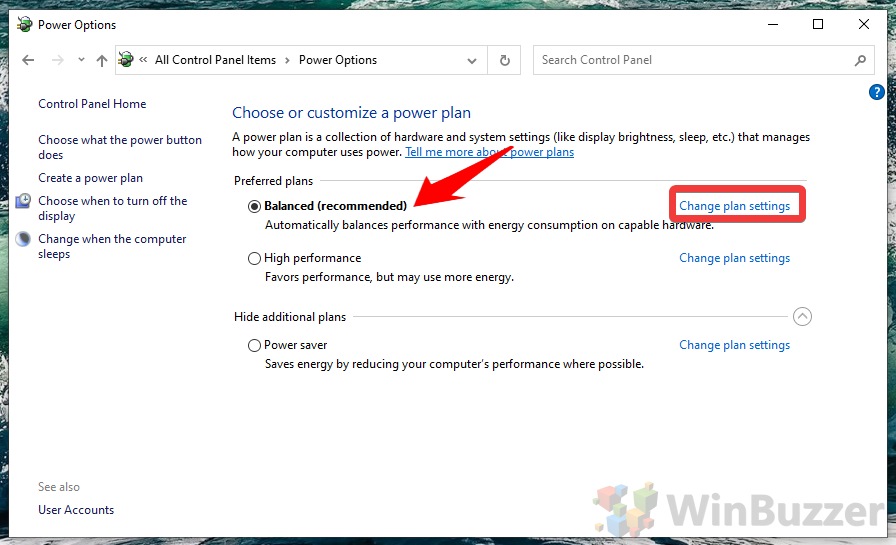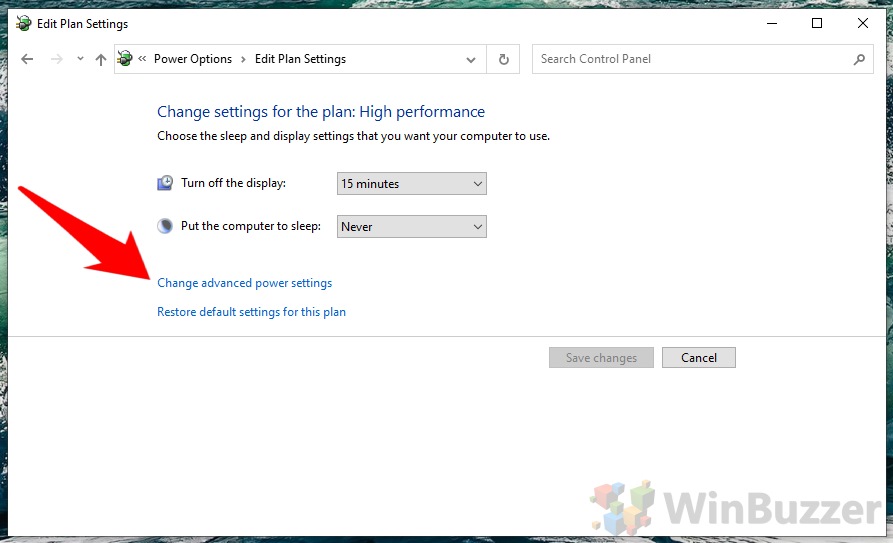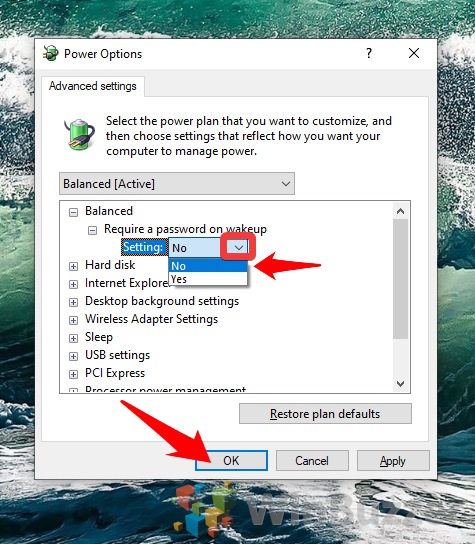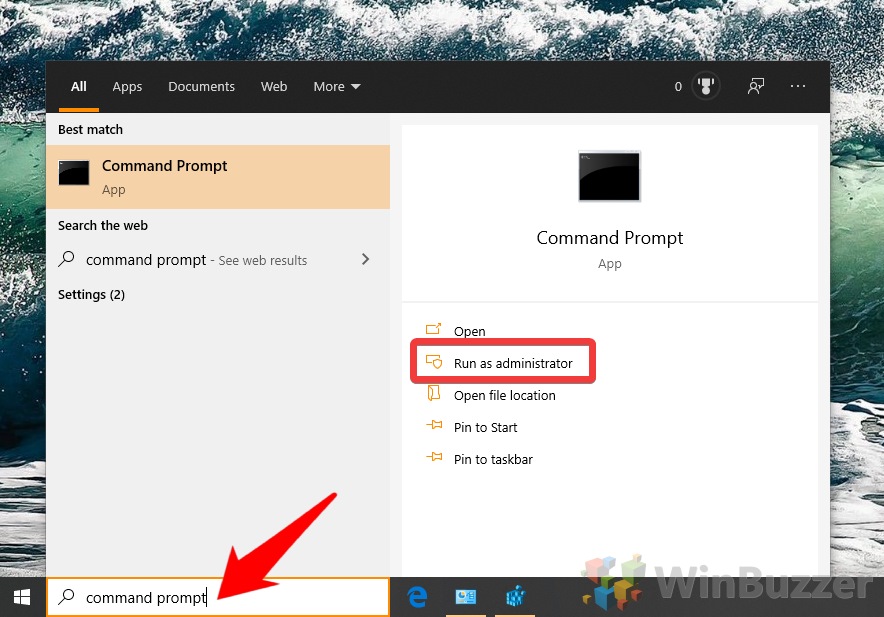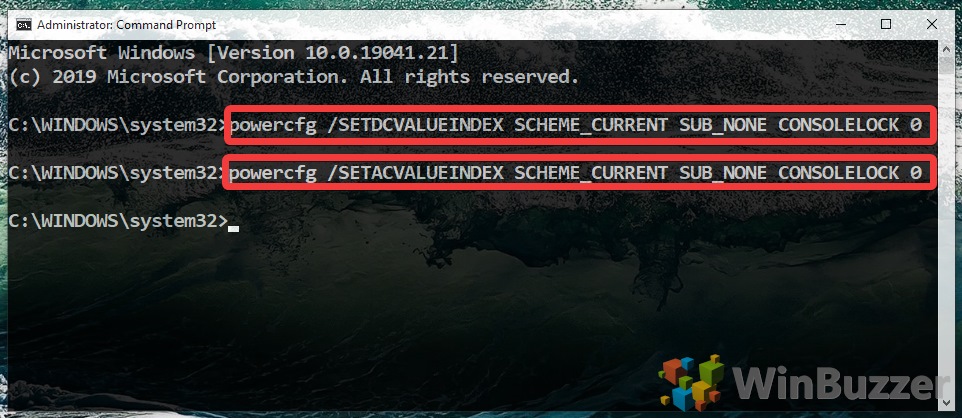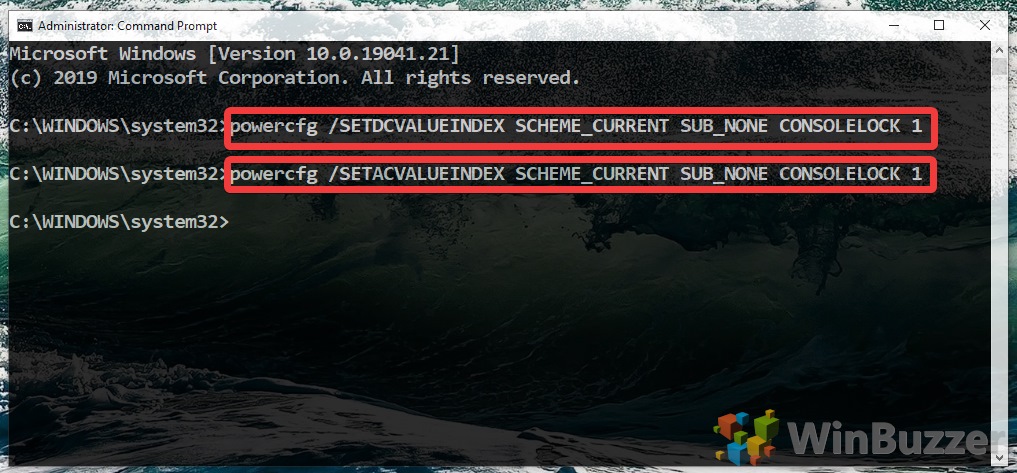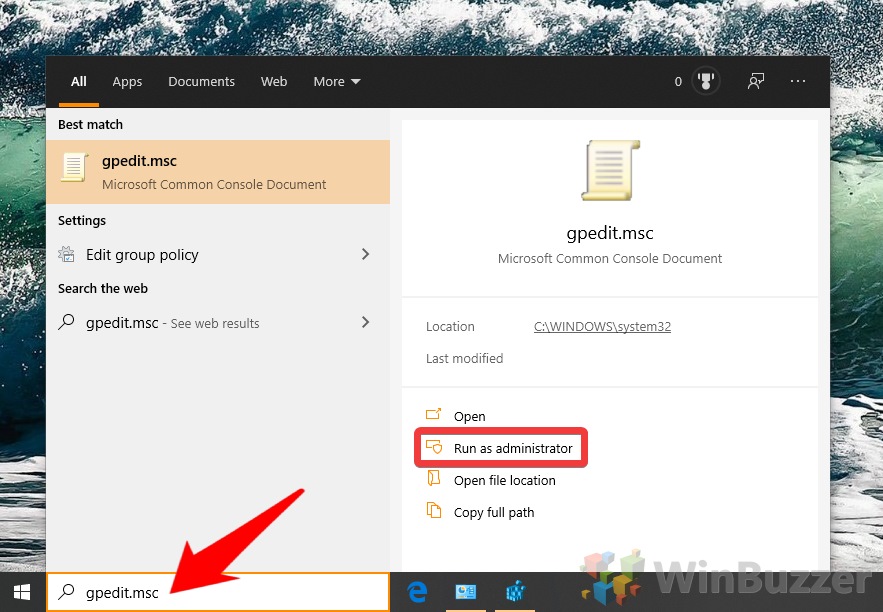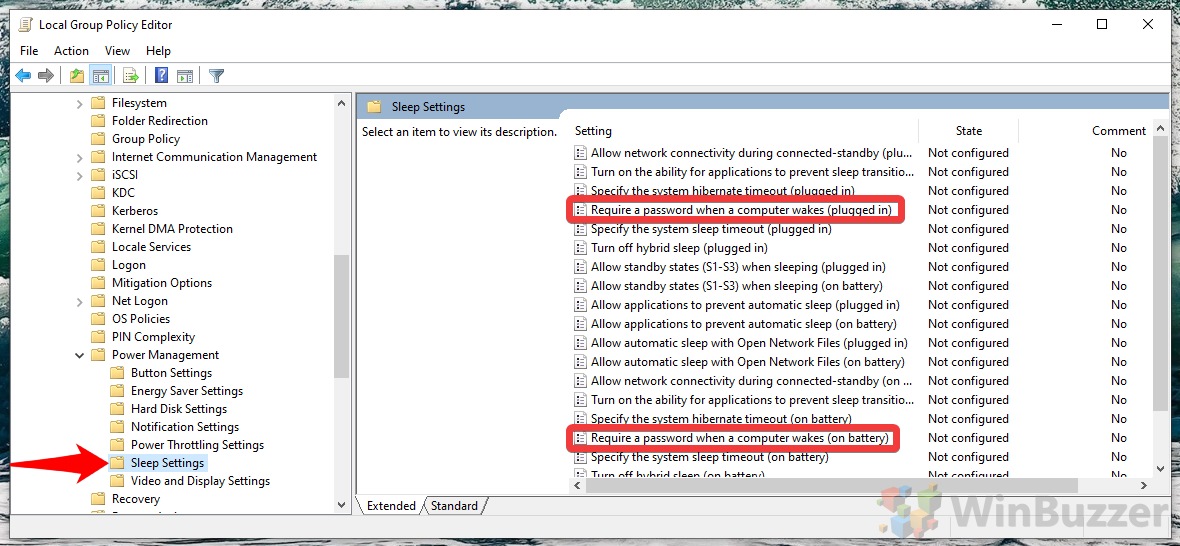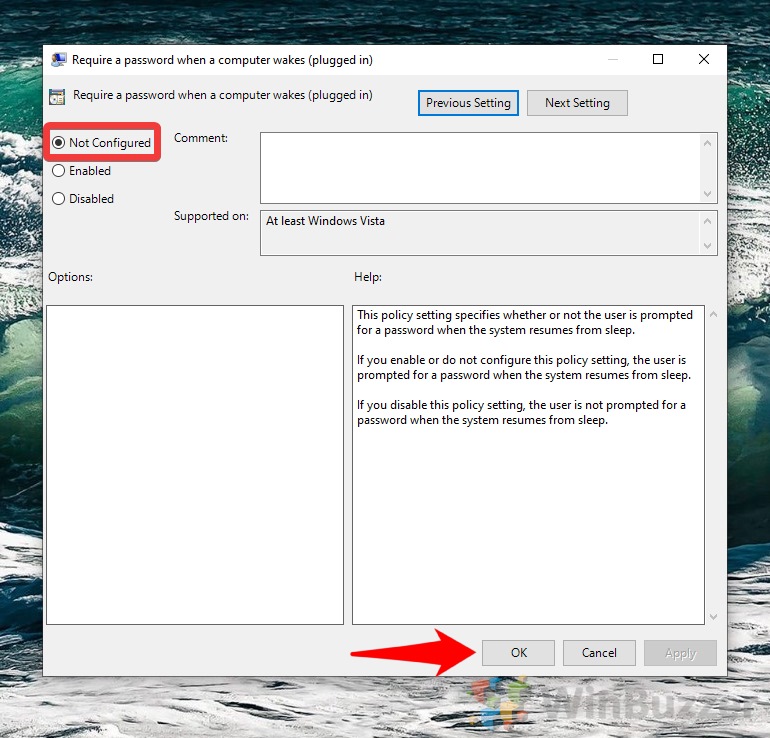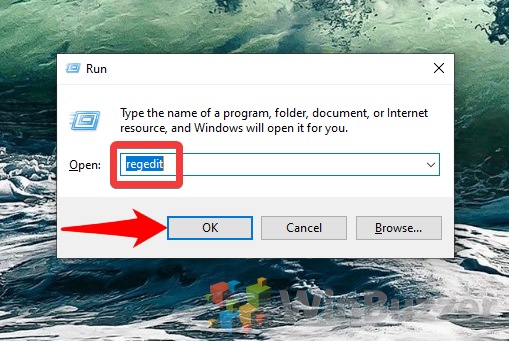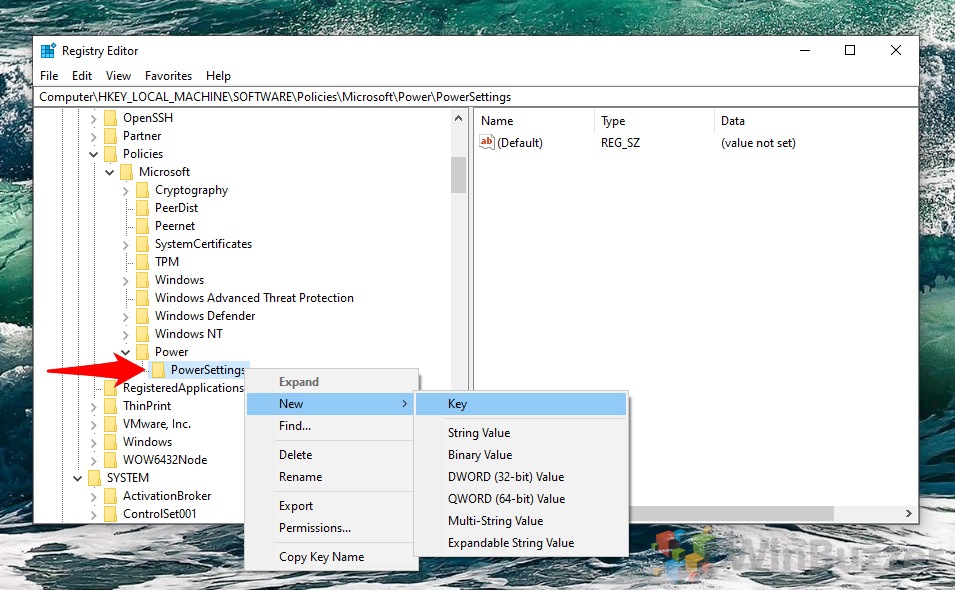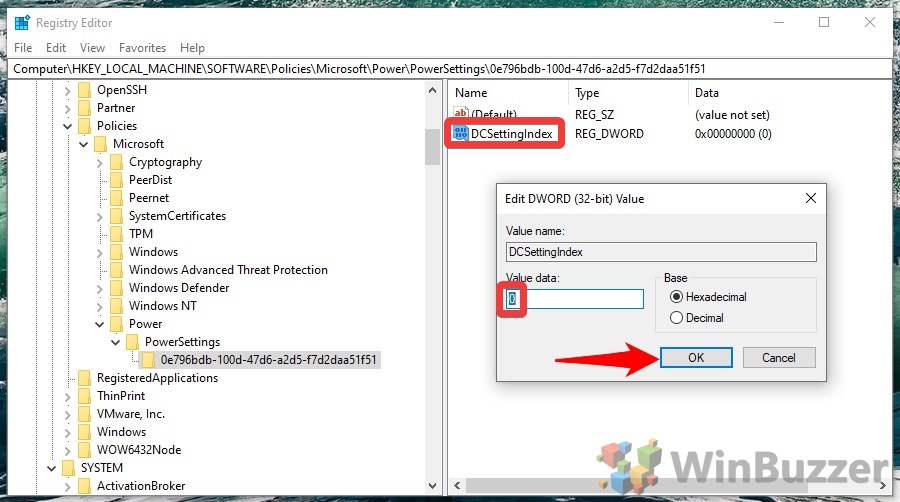Windows 10’s uniformity across devices is essential for usability, but it can also cause problems when updates change things. On some versions of the OS, Windows 10 disables login after sleep. On others, it needs a password, leading to confusion.
This can be particularly frustrating depending on your device type. Some users even run into errors like “authentication is required when this pc wakes from sleep”. On laptops, it’s a good idea to enable login after sleep to keep secure while on the move. If you have a stationary PC, there’s a good chance you can get by with Windows 10’s skip password feature.
Though you can disable the login screen entirely in Microsoft’s OS, this isn’t recommended. As well as reducing your security, you’ll have to choose a default sign-in user and switch manually each time. When you only disable login after sleep, you remove much of the annoyance without compromising usability.
We’re going to run through multiple methods to disable the lock screen after sleep in this Windows 10 tutorial, including the settings menu, command prompt, and group policy sleep settings.
How to Enable or Disable Login after Sleep in Windows 10 Settings
This is easily the most user-friendly way of changing your Windows 10 sleep settings, but can return the “authentication is required when this pc wakes from sleep” error.
How to Enable Windows 10 Skip Wake up Password via Control Panel
- Open Control Panel
Press Start and type “Control Panel”. Click the first result under ‘Best match’.
- Choose “Power Options”
- Change your plan settings
- Click “Change advanced power settings”
- Click “Change settings that are currently unavailable”
- Turn ‘Require a password on wakeup’ on or off
Look for the “Require password on wakeup” heading, press the plus to expand it, and toggle “Setting” to “No” or “Yes”, depending on your preference.
How to Turn Log-in on Wake On or Off via Command Prompt
If the above methods fail, you can force Windows 10 to have no password after sleep via Command Prompt.
- Open command prompt
Press the Start button and type “Command Prompt”. Select the first result under ‘Best match’ and choose “Run as administrator”.
- Disable login on wake with a command
You can enter the commandpowercfg /SETACVALUEINDEX SCHEME_CURRENT SUB_NONE CONSOLELOCK 0to disable the Sign-in option only when your device is plugged in, which can be very useful for laptop security.
To turn it off when your device is unplugged, enter:powercfg /SETDCVALUEINDEX SCHEME_CURRENT SUB_NONE CONSOLELOCK 0 - Enable login on wake with a command
You can enter the commandpowercfg /SETACVALUEINDEX SCHEME_CURRENT SUB_NONE CONSOLELOCK 1to enable the Sign-in option only when your device is plugged in.
To enable it when your device is unplugged, enter:powercfg /SETDCVALUEINDEX SCHEME_CURRENT SUB_NONE CONSOLELOCK 1
How to Change Log-in after Standby via Group Policy Sleep Settings
Those running Windows 10 Pro or higher have a method to easily configure their OS – the group policy editor. You can also use this to adjust Windows 10 sleep settings, but not on Windows 10 Home.
- Open Group Policy Editor
Press the Start button and type gpedit.msc. With the first result selected, click “Run as administrator”.
- Find Sleep Settings
Use the left side-bar to navigate to Computer Configuration > Administrative Templates > System > Power Management > Sleep Settings. Look for settings “Require a password when a computer wakes (plugged in)”, and “require a password when a computer wakes (on battery)”.
- Option 1: Set lock screen after wake to “Not Configured”
Setting the option to “Not Configured” will follow your system’s settings.
- Option 2: Set lock screen after wake to “Enabled”
This will force the screen saver password to be enabled, even if your system settings elsewhere say differently.
- Option 3: Set lock screen after wake to “Disabled”
This will force the screen saver password to be disabled, even if your system settings elsewhere say differently. Feel free to do the same for the “(on battery)” setting.
How to Turn Login after Sleep On or Off with Regedit
- Open Registry Editor
- Add a new key
Navigate toComputer\HKEY_LOCAL_MACHINE\SOFTWARE\Policies\Microsoft\and right-click the blank space in the right-hand pane to create the key-subfolders “Power” and “PowerSettings” via “New > Key”.
- Inside this key create a new DWORD
In your new key/folder, right-click the blank space and select “New > DWORD (32-bit) Value”.
- Disable or Enable the login screen after wakeup for DC power (battery mode)
Name the DWORD “DCSettingIndex” and change its value data to “0” to disable or “1” to enable the login-screen after sleep/standby. Deleting the DWORD will restore the default Windows setting which requires a login.
- Disable or Enable the login screen after wakeup for AC power (plugged in)
Create another DWORD and name it “ACSettingIndex” and change its value data to “0” to disable or “1” to enable the login-screen after sleep/standby. Deleting the DWORD will restore the default Windows setting which requires a login.
